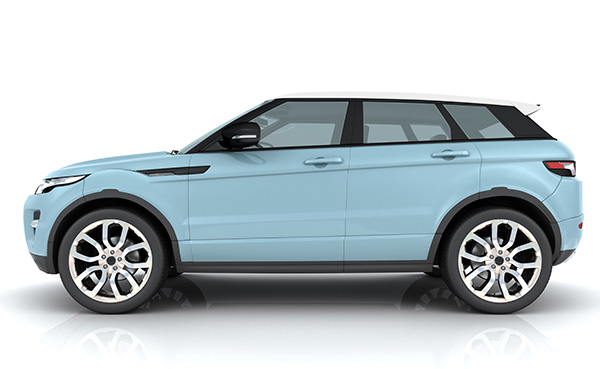
Land Rovers have a well-earned reputation for luxury, off-road capability, and bold design. But when it comes time for maintenance, especially brake service, many owners start to notice the price tag feels a little steeper than expected. Is it just the name, or is there something about Land Rover brake systems that makes maintenance more expensive?
Let’s explore what goes into maintaining Land Rover brakes, why it might cost more than other brands, and how you can manage these costs without sacrificing performance or safety.
Specialized Parts and Materials
One of the biggest reasons Land Rover brake service tends to cost more is the use of high-end, specialized components. These vehicles are designed for both everyday driving and challenging terrain, which means their braking systems are built to withstand a wider range of conditions.
Land Rover brake pads, rotors, and calipers are typically made from premium materials. These parts may also be larger and more complex than what you'd find on a typical sedan. They’re engineered for durability and stopping power, but they also come with a higher price point, especially if you’re sticking to OEM (original equipment manufacturer) parts.
In some models, electronic parking brakes and other advanced features are integrated into the brake system, requiring more time, care, and tools to service properly.
Labor Costs and Expertise
Another factor is labor. Servicing a Land Rover requires more than just a basic brake job. The systems can be more complex, especially on newer models that use adaptive braking or terrain response systems. Diagnosing and servicing these systems correctly calls for technicians familiar with Land Rover’s design and electronics.
The labor cost increases not just because of the time involved but because it’s important to have someone experienced working on the vehicle. Improper brake service on a Land Rover can result in performance issues or premature wear, so expertise is worth the investment.
Technology and Performance Expectations
Land Rover owners typically expect a certain level of performance and feel when it comes to how the vehicle drives. Braking is a big part of that. These vehicles are often equipped with systems like electronic brake-force distribution, anti-lock braking, and performance-calibrated braking software.
Keeping that experience consistent means using high-quality parts and following specific procedures. While this helps maintain safety and driving feel, it also contributes to the higher cost.
How Brake Wear Can Differ on Land Rovers
Because of their weight and the types of driving they’re designed for, Land Rovers can put more stress on their brakes than a lighter vehicle. Whether you're towing, off-roading, or navigating steep grades, the brake system is working harder and will wear out sooner.
If you drive mainly in stop-and-go city traffic or carry heavy loads, you might find yourself replacing pads and rotors more frequently than expected. That doesn’t mean the parts are poor quality. It’s just the reality of performance-driven engineering.
Ways to Keep Costs in Check
While Land Rover brake maintenance might be more expensive, there are ways to manage the cost:
- Stay ahead of wear by scheduling regular inspections
- Use high-quality aftermarket parts when appropriate
- Avoid aggressive braking when possible to extend pad and rotor life
- Ask about warranty-backed repairs for peace of mind
Most importantly, choose a shop that understands Land Rovers and can help you plan your maintenance around your driving habits.
Pete’s – High-End Brake Service With Trusted Expertise in San Francisco, CA
At Pete’s, we know what it takes to keep Land Rovers running at their best. Our technicians have the experience, tools, and training to handle everything from basic brake pad replacements to more complex diagnostics. Whether you’re exploring off-road trails or commuting through San Francisco, we’ll make sure your brakes are safe, smooth, and ready for whatever lies ahead.
Let us help you maintain the confidence that comes with owning a Land Rover.